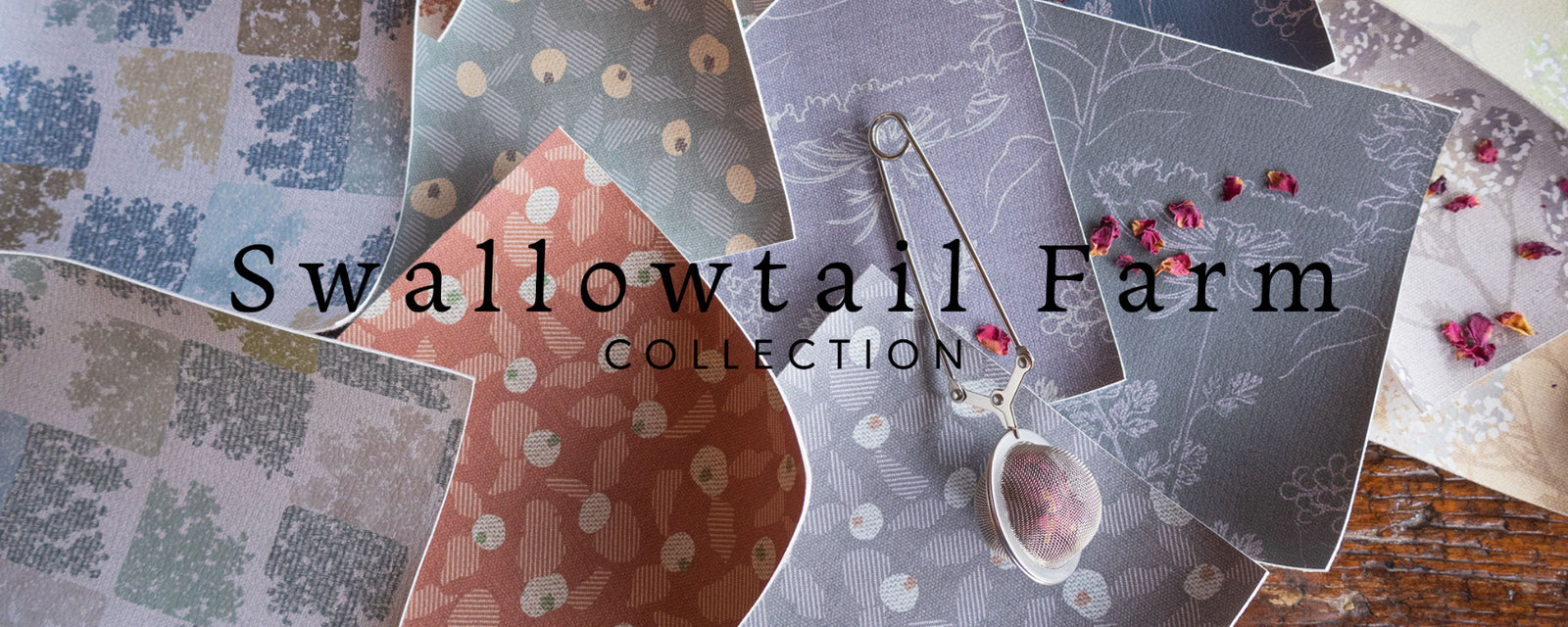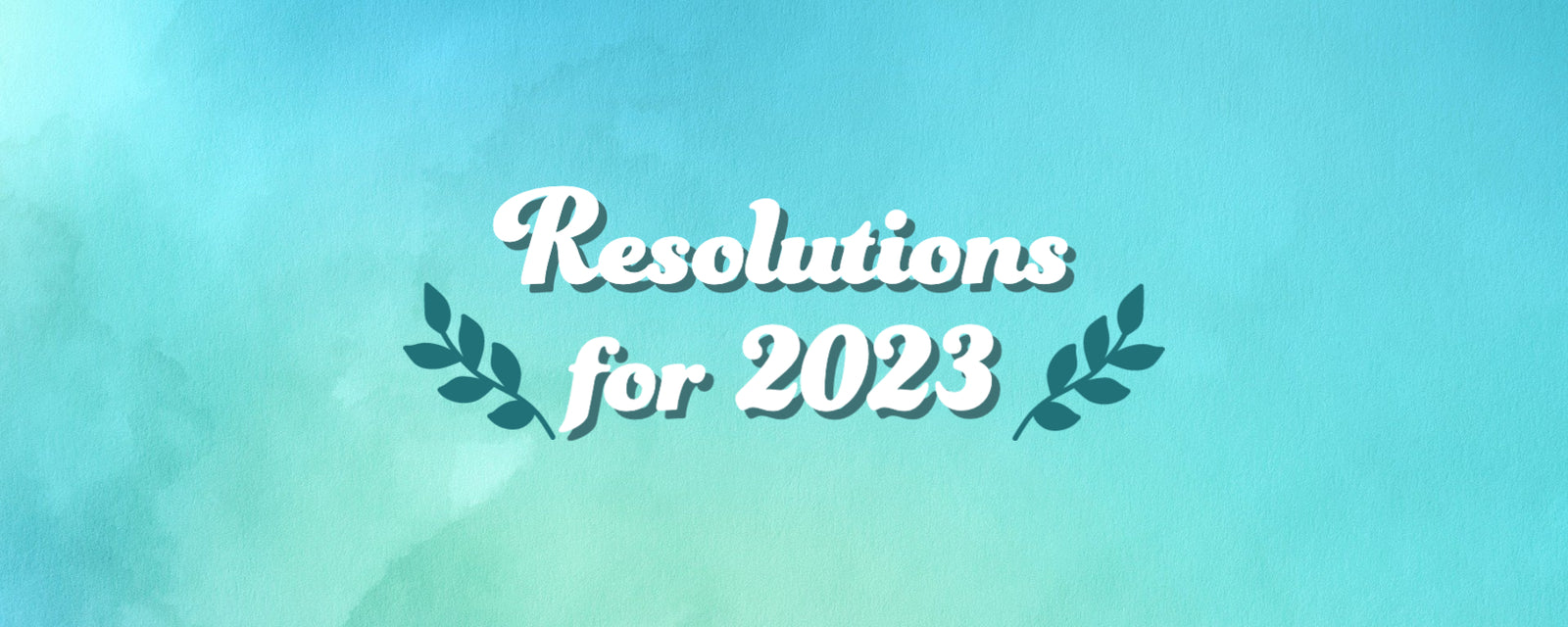The Duality of Green
What color do you associate with healing? Growth? Optimism? Sustainability? Is it also the hue you associate with greed, illness, inexperience and envy? Is it the same for for both new leaves and moldy bread? For both Kermit and Godzilla? One hue, with so many contradictions, makes green an oh-so fascinating color.
As the predominant color on land, green has always surrounded us.
Regardless of what ecosystem or season, there is always green around us. The chlorophyll that makes plant life possible tints every plant some shade of green. Grass is bright green. Pine trees in winter are spruce green. Cacti in deserts are pale green. Kelp in the ocean is dark green. The one thing all these plant greens have in common is that they are edible – to insects, herbivores, or humans. Without chlorophyll, the food chain would fall apart. It’s no wonder we associate the color green with life-giving power.
Yet, when we’re sick it’s often said someone is “green around the gills” or they “look green”. Vomit is green. Urine is green(ish). Gangrene is green. Mold is often green. Green is a signal to both “eat me” and to “stay away”. The duality is often overlooked in our preference to only see the good. We love to praise “Mother Nature” for her blessings and bounty, but we do so by ignoring her fierceness and cruelty. The same nature that gave us avocados, also gave us praying mantises that bite their mate’s head off after copulation. Thinking of nature as only kind and gentle devalues the strength and determination of natural selection. Green is powerful because it represents survival.
As a design tool, green is often used as a “calming” color to aid with depression and anxiety.
Some of that is from our association with being outdoors, away from the chaos, concrete, and steel of urban life. Perhaps some of it is also due to its place in the middle of the color spectrum at about 555 nanometers. Scientists speculate that its position makes it easier for us to see, less strenuous than red and blue on the edges of the spectrum. Our nervous system can relax rather than strain to see green. If our eyes can relax, then the rest of us can too. One 8 year study of over 100,000 women revealed that women who lived near lots of green lived longer than those who did not.
On the flip side, green as a paint pigment has a toxic history. In the 1770s, a vibrant new bright green pigment called Scheele’s Green was introduced. It was used on paper, wall hangings, fabrics and more. Over the next 100 years, it replaced most mineral and vegetable dyes, but it was based on the toxic chemical arsenite. Napoleon Bonaparte used it on his bedroom walls and some historians think it killed him. The Impressionists replaced Scheele’s Green with Paris Green which wasn’t really any better. Some speculate that that caused Cezanne’s diabetes and Monet’s blindness. It was banned by the 1960s. Today’s green pigments still have a troubling chemistry containing toxic cocktails of chlorine, titanium, nickel, and or bromide. (My advice: don’t eat your green paint. Stick with spinach!)
Green today continues its powerful messaging.
It is seen in the Green Giant marketing for vegetables, sustainability programs all branding with green, green being the most popular color for money, and the “green light” being a universal sign for “Go”. Perhaps its duality is best represented by its secondary status on the color chart and thus through its parent colors: blue and yellow. Blue is deep and cool. Yellow is bright and hot. Blue is water. Yellow is sunlight. Water and light are the two ingredients that give us chlorophyll, that give us life.
This blog post was written by Luise Stromberg.
If you love color, check out Luise's post on the power of pink!




